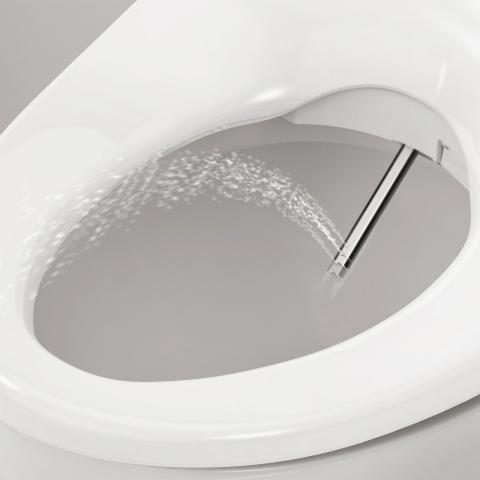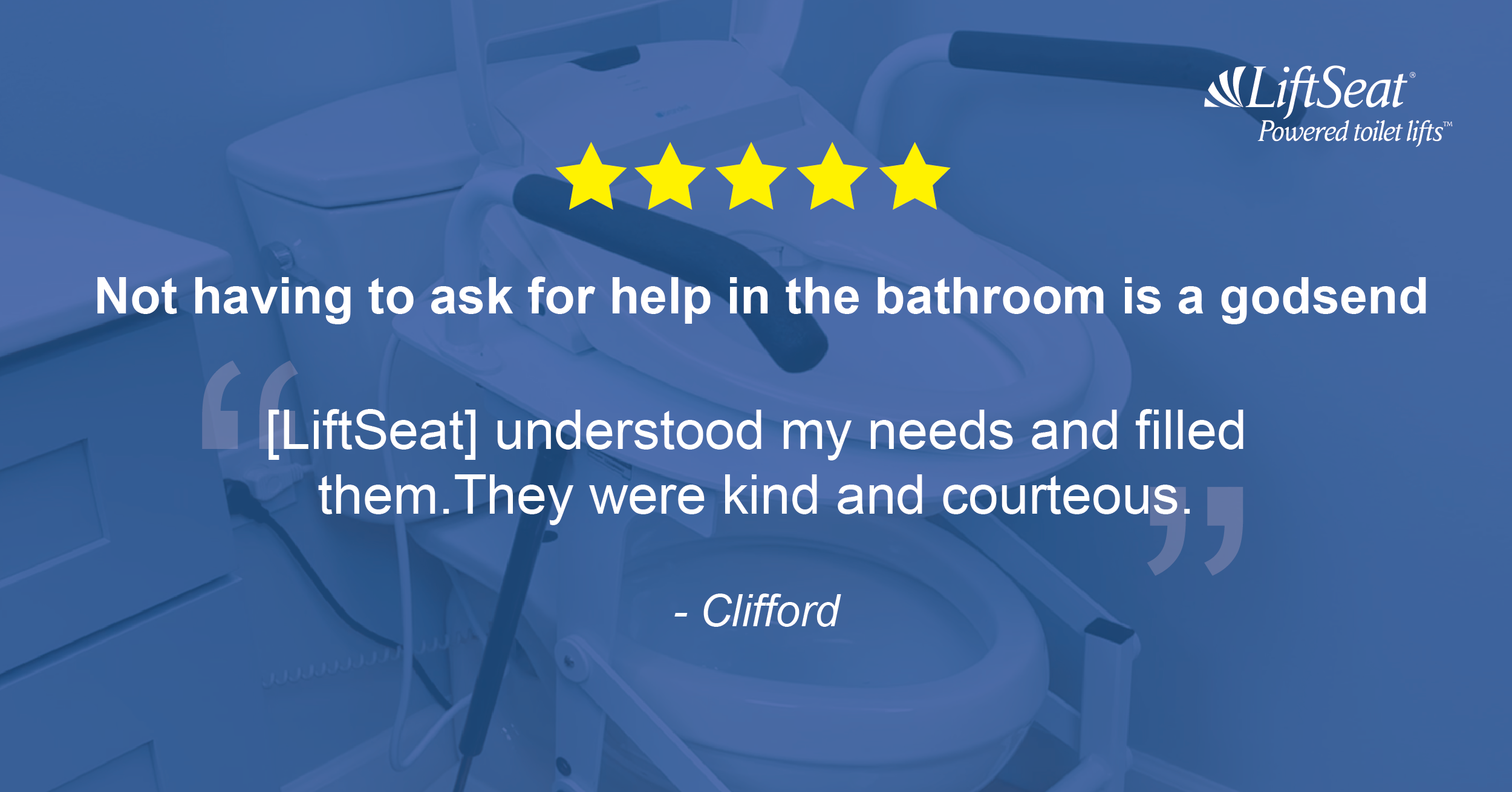4 Benefits of a Bidet
01/18/2023
While bidets haven’t caught on in the US the way they have in parts of Europe and Asia, there are people all over the world who swear by them. For hygiene, cost, ease-of-use, and eco-friendliness, many say a bidet can’t be beat.
What is a Bidet Anyway?
A bidet (pronounced “bid-day”) is a bathroom fixture designed to wash below the belt after you are finished using the bathroom. They can be a standalone fixture (typically attached to the wall next to the toilet) or an attachment that works with an existing toilet. For these styles, the user simply squats or sits over the bidet and pushes a button to clean. There is also a hand-held variety called a “bidet shower” (similar to a hose sprayer) which can be a bit trickier to use and lead to some splashing if not careful.
Bidet vs Toilet Paper
So how does a bidet compare to the standard method of cleaning with toilet paper? Here are 4 ways a bidet wins:
Eco-Friendliness
People use a lot of toilet paper per year. Cottonelle, a leading toilet paper manufacture, reports that “one person will go through a regular roll of 150 sheets in about 4.3 days.”1 That amounts to nearly 85 rolls per year.
Why does this make toilet paper less eco-friendly that a bidet? According to the bidet experts at Brondell, water consumption alone makes the winner clear. A single bidet use takes about 1/8th of a gallon of water, while it takes about “37 gallons of water it takes to produce just one roll of toilet paper.”2 Assuming people go through a roll of toilet paper every 4.3 days using the bathroom on average 5 times/day, using a bidet can save over 2900 gallons of water per year compared to using toilet paper.
Hygiene
In general, water does a better job of cleaning than paper alone. There is not much research comparing the cleaning effectiveness of bidets and toilet, but many bidet users report an increased feeling of cleanliness.2
When it comes to hand cleanliness, the bidet is definitely more hygienic. Granted, cleaning one’s hands with soap and water after wiping isn’t difficult, but according to one poll, not everyone does this. In fact, “About four in 10 Americans don’t always wash their hands with soap after they go to the bathroom at home.”3 So using a hands-free cleaning method like a bidet can greatly reduce the potential for germ spread following bathroom use.
Ease-of-Use
Is a bidet really easier to use than toilet paper? Yes – at least if you are someone who has limited upper body mobility. For most people, wiping is not difficult. But for anyone with a degenerative disease (like muscular dystrophy or ALS) or advanced rheumatoid arthritis, contorting your body to reach your backside may be impossible.
People who cannot clean themselves with toilet paper face 2 options – rely on someone else to assist or use a bidet. Since most people prefer to use the bathroom privately, a bidet is a popular choice. LiftSeat, manufacturer of powered toilet lifts, offers a Brondell bidet attachment for all their lift models, so even users who have difficulty getting on and off the toilet by themselves can use the bathroom completely independently.
Cost
According to a survey conducted by Tushy (another bidet manufacturer), “toilet paper is the single most costly single-use household item purchased by Americans”, with the average person spending just over $11,000 on toilet paper in their lifetime.4 The average bidet, on the other hand, costs “somewhere between $50-$650.”2 Of course, bidets may need servicing/replacement, and may also contribute to your monthly water bill (albeit minimally), thus adding to the overall lifetime cost of owning a bidet, but they are still cheaper for most people.
|
LiftSeat Power Toilet Lifts LiftSeat has partnered with leading bidet-manufacturer Brondell to offer a an electric washing bidet option for users who desire hands-free cleaning. Learn more about this and other custom LiftSeat configuration options. 
|
Bottom Line
Bidets may not be for everyone, but there are compelling reasons to make the switch from toilet paper – especially the independence they provide in bathroom for anyone who has difficulty using the toilet. Plus, who knows when the next toilet paper shortage will happen…
Resources:
- Cottonelle® Canada. (n.d.). How much toilet paper should you use? Cottonelle. Retrieved January 16, 2023, from https://www.cottonelle.com/en-ca/tips-advice/toilet-paper-101/how-much-toilet-paper-do-we-use
- Clearing up the top 10 misconceptions about bidets. Brondell Inc. (2021, December 12). Retrieved January 16, 2023, from https://www.brondell.com/healthy-living-blog/clearing-up-the-top-10-misconceptions-about-bidets/
- Ballard, J. (2020, January 30). Many Americans don't always wash their hands after going to the bathroom. YouGov. Retrieved January 16, 2023, from https://today.yougov.com/topics/society/articles-reports/2020/01/30/hand-washing-soap-poll-survey
- Moore, D. (2020, August 25). This is how Americans are literally Flushing thousands of dollars down the toilet. New York Post. Retrieved January 16, 2023, from https://nypost.com/2020/08/25/how-americans-are-literally-flushing-thousands-of-dollars-down-the-toilet/
This content is not intended to be a substitute for professional medical advice, diagnosis, or treatment. Always seek the advice of your physician or other qualified health provider with any questions you may have regarding a medical condition.